
Here we are again sweeping for the Bishop of Chelmsford and we are quite some way from home, sweeping the Rectory at Lawford near Manningtree. Being a Sunday Claire decided to stay in bed for a lie-in and I took my eldest daughter Emma to assist me. Emma had not long finished reading the novel ‘The Manningtree Witches’ and was keen to see the area, she is also a qualified archaeologist and Heritage Town Planner and likes nothing better than visiting old buildings.
Lawford is a Rectory where we have swept on an number of occasions, and has a small open fire, the chimney of which is lined. Indeed, on the first occasion I went there I removed a substantial Jackdaw nest from the chimney, which was not surprising as the rectory had stood empty for around two years prior to my visits. The rectory is located on top of a hill, right next door to the beautiful medieval church of St Mary. The rectory’s close proximity to the church yard and all its trees, explains why there was a bird’s nest in the chimney as Jackdaws like nothing more than the trees and peace of a church yard.
St Mary’s church is a grade one listed building and is well worth a visit. Its architectural features are stunning and most interesting. The oldest fabric in the church is in the south wall of the nave, dating from 1200 or earlier. The chancel, the south porch and the first tower were built in 1340. The tower was rebuilt in the 16th century, and again in the following century. In 1826 the north wall of the nave and the north aisle were added. In 1853, when the rector was Revd Charles Merivale (later the Dean of Ely), the interior of the chancel was restored by the Lancaster architect E. G. Paley. The nave was restored in 1864, followed by the chancel walls in 1887. In 1944 the east window was damaged by a bomb. In 1991 an extension was made to the north of the church to house a vestry and meeting rooms, and in 2009 the roof and tower were repaired and parts of the interior of the church were modernised.

The church is constructed in flint, septaria and brick, with limestone dressings and a tiled roof. The plan consists of a three-bay nave with a south porch, a north aisle, a chancel, a north vestry, and a west tower with a stair turret on the southeast. In the chancel are a 14th-century piscina and a triple sedilia. The octagonal pulpit dates from about 1906. In 1906 a two-manual pipe organ made by Norman and Beard was installed. This was replaced by an electronic organ made by Copeman Hart in 2005.[3] There is a ring of three bells, dated 1667, 1714, and 1907
The churchyard contains the graves of the war poet Robert Nichols and his father John Bowyer Buchanan Nichols, also a poet. The grave of the Canadian politician John Robertson also lies in the churchyard, as do the war graves of a soldier and two airmen of the Second World War.
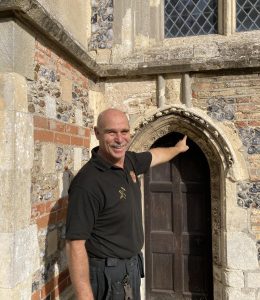
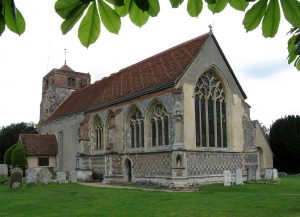



 My name is Paddy McKeown, I am a retired police officer (Detective Sergeant – Metropolitan Police), turned chimney sweep. I have completed training with ‘The Guild of Master Chimney Sweeps’, and Rod Tech UK (Power Sweeping).
My name is Paddy McKeown, I am a retired police officer (Detective Sergeant – Metropolitan Police), turned chimney sweep. I have completed training with ‘The Guild of Master Chimney Sweeps’, and Rod Tech UK (Power Sweeping).
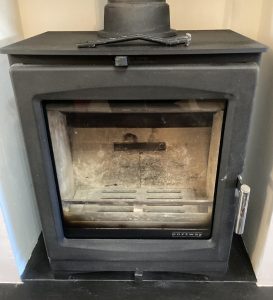

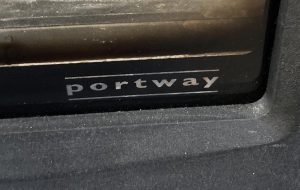

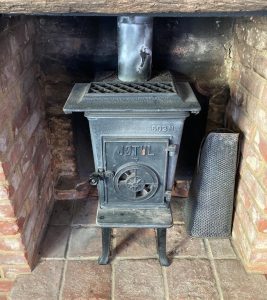

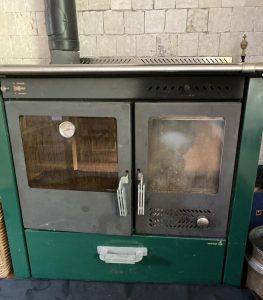





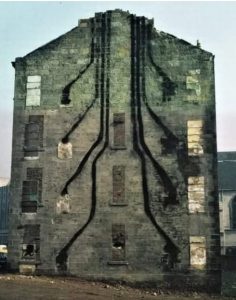
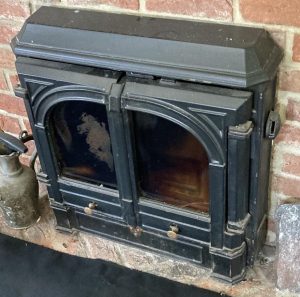 I sweep many, many of the old Parkray multi-fuel room heaters across the area, particularly in the old Braintree District council houses that I sweep for Eastlight Community Homes. We have been working our contract with Eastlight Community Homes for over 5 years now and it involves over 200 sweeps annually, many of which are Parkray Multi-Fuel Room Heaters. However, I have not come across one of these, a double-door Parkray. I therefore thought that as it was so unusual, it would make an interesting blog. The vast majority of the Parkrays I sweep have the classic single door look, although if you look back through my blogs, you will see a couple of examples of Bronze coloured Art Deco examples.
I sweep many, many of the old Parkray multi-fuel room heaters across the area, particularly in the old Braintree District council houses that I sweep for Eastlight Community Homes. We have been working our contract with Eastlight Community Homes for over 5 years now and it involves over 200 sweeps annually, many of which are Parkray Multi-Fuel Room Heaters. However, I have not come across one of these, a double-door Parkray. I therefore thought that as it was so unusual, it would make an interesting blog. The vast majority of the Parkrays I sweep have the classic single door look, although if you look back through my blogs, you will see a couple of examples of Bronze coloured Art Deco examples.


